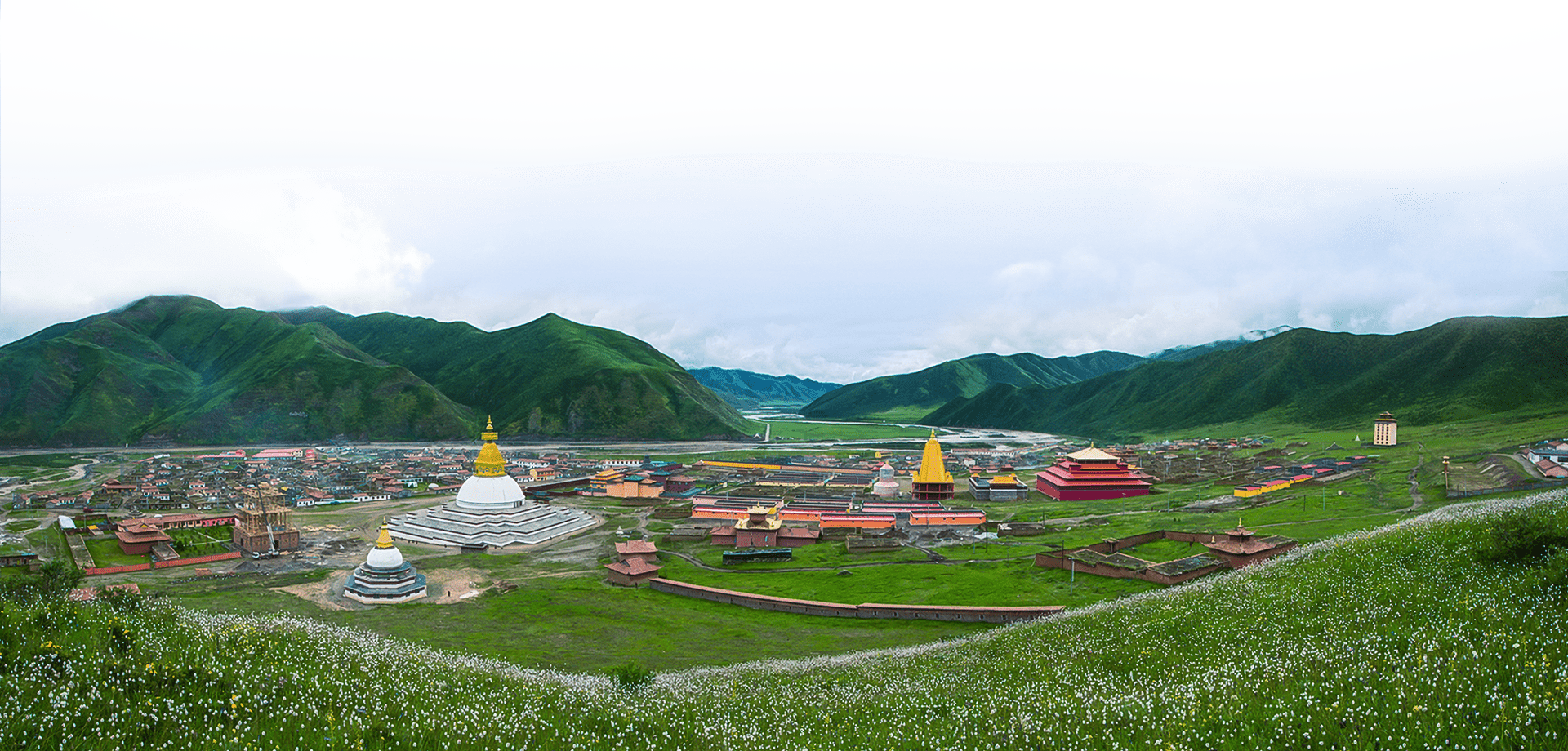Shitro means Peaceful and Wrathful deities and is a practice based on the mandala of the 100 Peaceful and Wrathful deities
So what is Shitro practice and how did it come to be? Shitro means Peaceful and Wrathful deities and is a practice based on the mandala of the 100 Peaceful and Wrathful deities. It also includes the female and male Five Buddha families, the female and male Eight Bodhisattvas, the Six Munis and Five Wrathful Herukas and their Consorts etc.
Shitro presents a very clear introduction to the six Bardos: 1. the Bardo of life, 2. the Bardo of Samadhi, 3. the Bardo of the Moment of Death, 4. the Bardo of Dream, 5. the Bardo of Dharmata, and 6. the Bardo of Becoming or Possibilities. Nothing, among the different aspects and practices is not included in the term the Six Bardos. The Six Bardos are only taught in this complete and clear way in the Tantra of The Liberation on Hearing.
The Hundred Peaceful and Wrathful Deities seem to be like external appearances, but in fact they are one’s own naturally appearing perceptions of the mind. Because of this, one will be able to liberate through hearing the teachings of the bardos and seeing the appearances of the deities as described in the teachings during the practice. This is especially so during the bardo of becoming, also known as the bardo of possibilities.
In the bardo of becoming or the bardo of possibilities, one is open to the instructions and descriptions, and by following along one approaches liberation. In other words, the bardo teachings are more effective and more powerful and beneficial when one is in the bardo of possibilities, because the consciousness of one in that state is pretty fearful and hopeless and one is searching for direction.
Hungkar Dorje Rinpoche, “History of the Winter Retreat and Other Related Matters of Longngon Monastery”









